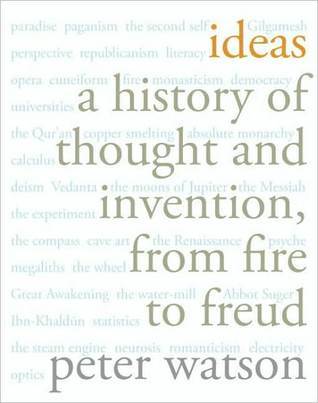In 1716 the famous dictionary, the Gang hsi zi dian, appeared–this was to serve as the basis for Western sinologists down to the twentieth century. Altogether, says Jacques Gernet, there was a canon of more than fifty ‘big publications’ in the eighteenth century, codifying Chinese learning and acting as a lively parallel to the enlightenment projects of Western Europe. The traffic in ideas wasn’t all one way of course, and the main influence of the Jesuits in China was in astronomy, cartography and mathematics. In 1702 the scholar Gangshi asked the Jesuit father Antoine Thomas to fix the
...more
Welcome back. Just a moment while we sign you in to your Goodreads account.


